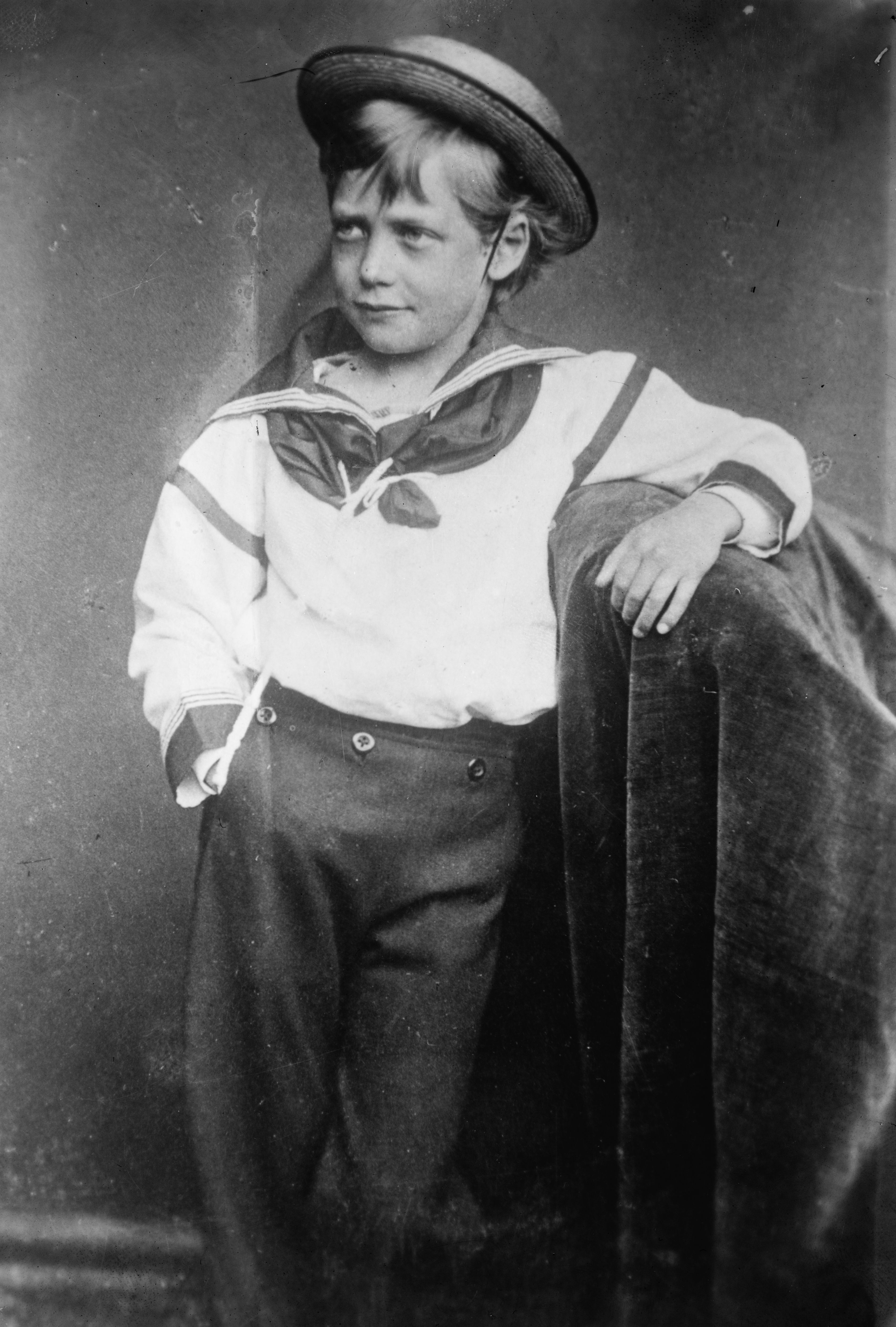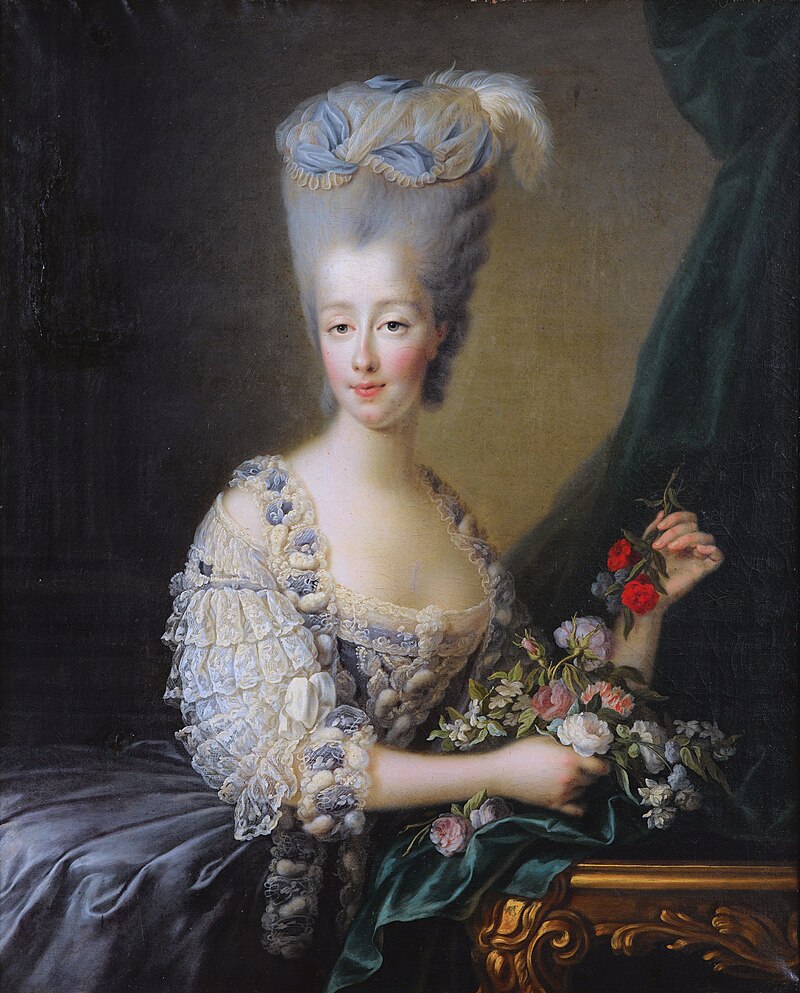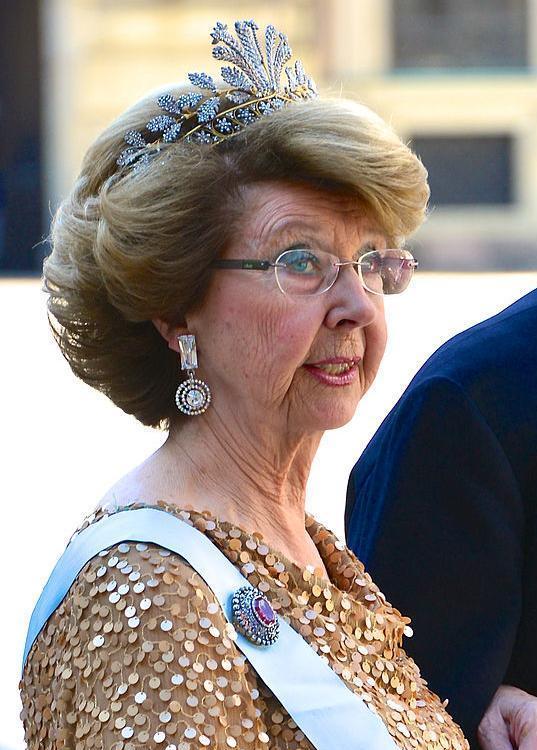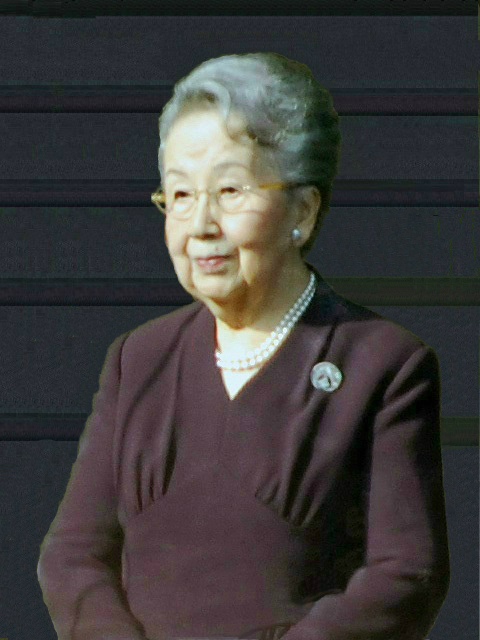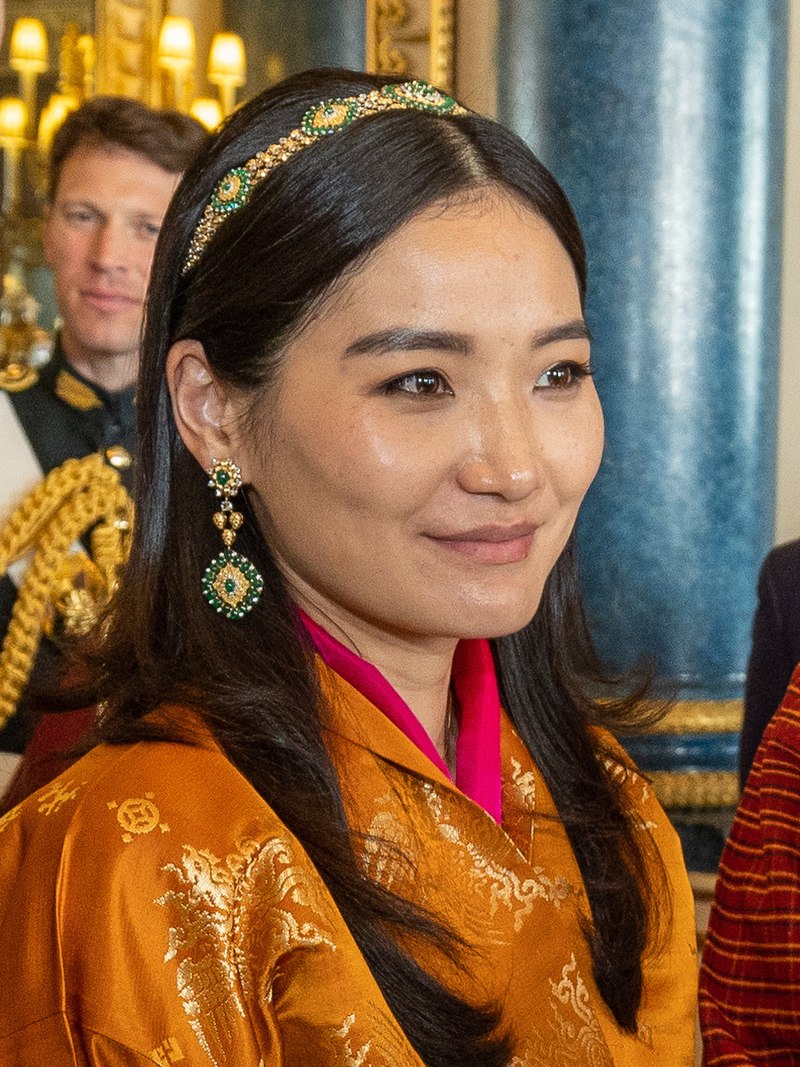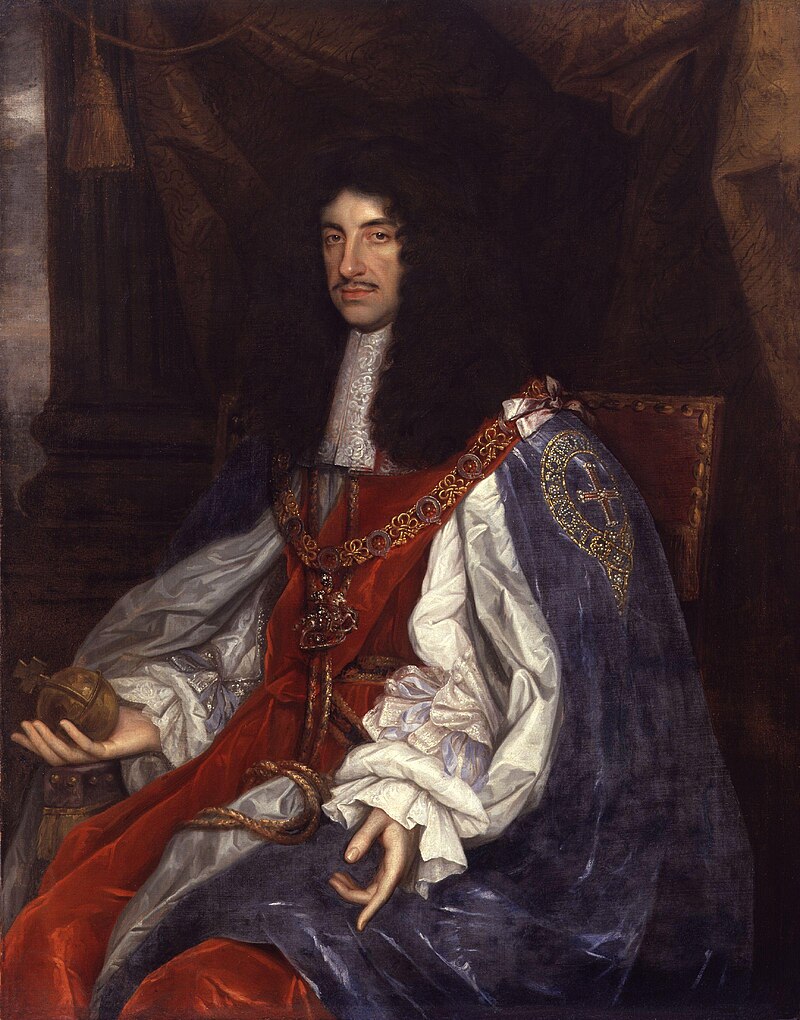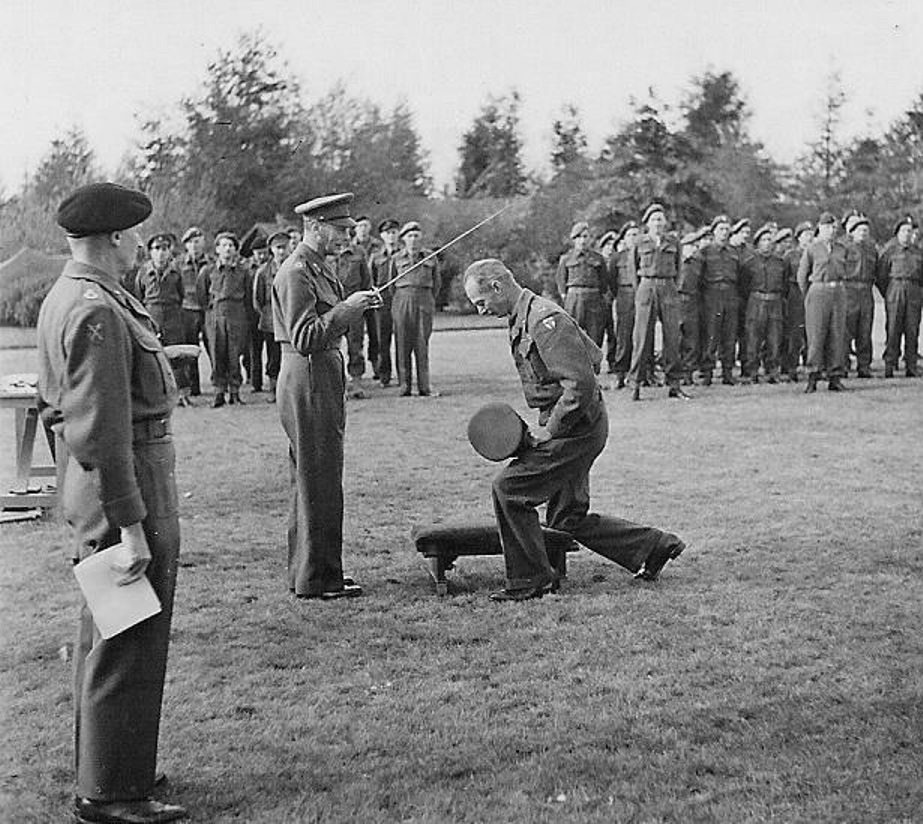© Unofficial Royalty 2024

Catherine-Charlotte de Gramont, Princess of Monaco; Credit – Wikipedia
June 4, 1678 – Death of Catherine-Charlotte de Gramont, Princess of Monaco, wife of Prince Louis I of Monaco, at the Palais Royal in Paris, France; buried at the now destroyed Couvent des Capucines in Paris, France
Catherine-Charlotte de Gramont, the wife of Louis I, Prince of Monaco, had many affairs at the French court including one with King Louis XIV and a long-time affair with her cousin which Catherine-Charlotte continued after her marriage. The couple had five daughters and one son, Antonio I, Prince of Monaco. In 1665, Catherine-Charlotte left her husband and children in Monaco and returned to the French court because she found life at the Monaco court boring. At the French court, she continued her scandalous affairs. Catherine-Charlotte became seriously ill, probably with cancer, and died at the Palais Royal in Paris, France on June 4, 1678, at the age of 39. She was buried at the now-destroyed Convent of the Capuchins in Paris, France. Catherine-Charlotte had not seen her husband Louis I during the last six years of her life, and Louis showed no grief over her death.
Unofficial Royalty: Catherine-Charlotte de Gramont, Princess of Monaco
June 4, 1738 – Birth of King George III of the United Kingdom at Norfolk House, St. James Square in London, England
Full name: George William Frederick
King George III is the longest-reigning British king, having reigned for 59 years, 96 days. His length of reign is surpassed only by two queens, both his descendants, his granddaughter Queen Victoria and his great-great-great-great-granddaughter Queen Elizabeth II. George established himself as one of the more popular Hanoverian kings. He was admired for his respectable private life and gained sympathy for his illness. He inherited the family’s love of music and was a patron of the arts and sciences. George was very interested in agriculture and his creation of model farms at Windsor earned him the nickname “Farmer George” which he adored.
Unofficial Royalty: King George III of the United Kingdom
June 4, 1923 – Birth of Princess Mikasa of Japan, wife of Prince Mikasa, born Yuriko Takagi at her family home in Tokyo, Japan
Princess Mikasa is the widow of the late Prince Mikasa, the youngest son of Emperor Taishō, the brother of Emperor Shōwa (Hirohito), and the uncle of Emperor Akihito. Prince and Princess Mikasa had three sons and two daughters. All three sons predeceased their parents. Princess Mikasa’s husband died in 2016, at the age of 100, a little more than a month before his 101st birthday. At the time of his death, he was the world’s oldest royal and the longest-lived member of the Japanese Imperial Family. Five days before Prince Mikasa’s death, he and his wife celebrated their 75th wedding anniversary in his hospital room.
Unofficial Royalty: Princess Mikasa of Japan
June 4, 1941 – Death of Wilhelm II, German Emperor and King of Prussia, at Huis Doorn in Doorn, Netherlands; buried in a mausoleum on the grounds of Huis Doorn
A grandson of Queen Victoria, Wilhelm was the last German Emperor and the last King of Prussia. He abdicated on November 9, 1918. A day later, he crossed the border by train and went into exile in the Netherlands, never to return to Germany. Wilhelm purchased Huis Doorn, a small manor house outside of Doorn, a small town near Utrecht in the Netherlands. As a condition of his exile, Wilhelm was allowed to travel freely within a radius of 15 miles from his house. Traveling further required that advance notice had to be given to local government officials. Wilhelm did not like to be under the thumb of minor officials, so he rarely traveled further than the 15 miles. Wilhelm, aged 82, died of a pulmonary embolism at his home.
Unofficial Royalty: Wilhelm II, German Emperor
June 4, 1990 – Birth of Queen Jetsun Pema of Bhutan, wife of King Jigme Khesar Namgyel Wangchuck of Bhutan, in Thimphu, Bhutan
On October 13, 2011, 21-year-old Jetsun Pema became the youngest queen in the world when she married King Jigme Khesar Namgyel Wangchuck of Bhutan. The couple has two sons and a daughter. Queen Jestun Pema has accompanied her husband on foreign official trips and she accompanies him on official visits throughout Bhutan.
Unofficial Royalty: Jetsun Pema, Queen of Bhutan
June 4. 2021 – Birth of Princess Lilibet of Sussex, daughter of Prince Harry, Duke of Sussex, at Santa Barbara Cottage Hospital in Santa Barbara, California
Full name: Lilibet Diana
Princess Lilibet of Sussex, nicknamed Lili, is the second of the two children and the only daughter of Prince Harry, Duke of Sussex and his wife The Duchess of Sussex, the former Meghan Markle. Lili is named after her paternal great-grandmother Queen Elizabeth II and her paternal grandmother Diana, Princess of Wales. Lilibet was Queen Elizabeth II’s family nickname, which originated from Queen Elizabeth II’s pronunciation of her name when she was young. Lili has dual citizenship from the United States and the United Kingdom.
Unofficial Royalty: Princess Lilibet of Sussex
This article is the intellectual property of Unofficial Royalty and is NOT TO BE COPIED, EDITED, OR POSTED IN ANY FORM ON ANOTHER WEBSITE under any circumstances. It is permissible to use a link that directs to Unofficial Royalty.




